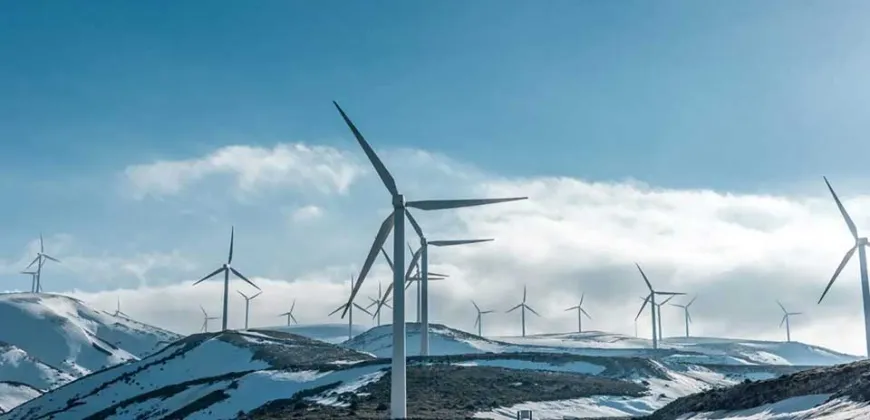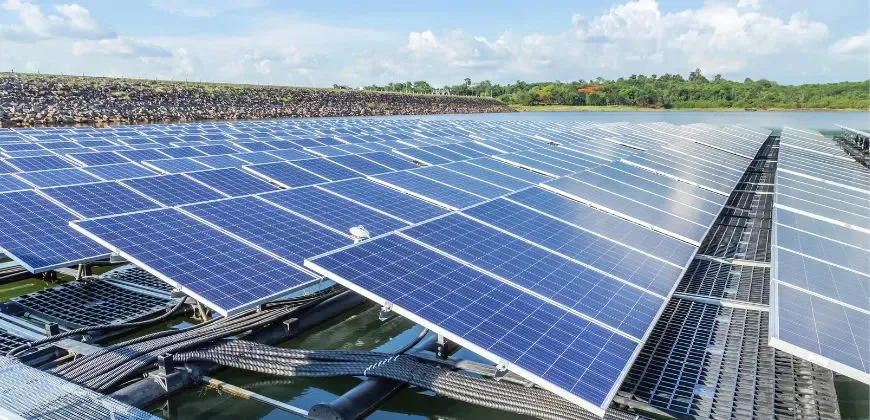Generating change
Energy storage reduces costs and emissions in remote communities
For his capstone project in Clean Energy Engineering, Derek Oppedisano developed a business case for supplementing diesel-powered electricity generation with lithium ion battery storage in a remote community.

Many off-grid communities in Canada – as well as remote mining, forestry and industrial sites – rely on diesel generators to meet their power needs. It’s an expensive solution, to say nothing of the greenhouse gas emissions, air quality issues and noise associated with diesel generators.
Derek Oppedisano, a student in the Master of Engineering Leadership (MEL) in Clean Energy Engineering program, recently completed a business case for installing lithium ion battery storage in a First Nations community on Vancouver Island. The Hesquiaht First Nation is typical of many remote communities. Not connected to an electrical grid, the community of 55 people must generate its own electricity by shipping in 300,000 litres of diesel each year to run its generator around the clock.
For his capstone project, Oppedisano worked under the guidance of M.K. Anand, an alumnus of the MEL in Clean Energy Engineering program who is now Engineering Services Manager at Community Power, a Vancouver company that works with Indigenous communities to develop low-carbon energy solutions. Anand provided Oppedisano with data about the community’s historic energy use so that Oppedisano could see if it made technical and economic sense for the community to add an energy storage system to its existing diesel infrastructure.
“If you put a battery in, you can start running the generator at full efficiency and then store the excess energy in the battery,” says Oppedisano. “You actually save diesel because the generator is running more efficiently and you are storing the power for later.”
A review of the community’s energy use revealed that the difference between the generator capacity and actual use was significant enough to make battery storage a feasible option. The next step of the project involved reviewing the financial case for investing in battery storage.
“My analysis showed that the community could potentially save 20,000 litres of diesel annually and that the net present value for this solution is over $200,000 over a 20-year period,” he says, noting that the initial payback begins five or six years after implementation. These numbers make battery storage an option worth considering for many communities looking to shift away from diesel power generation.
Oppedisano points out that the BC government has mandated that diesel consumption in remote communities be reduced by 80% by 2030. “Remote communities and industrial sites could get there by putting in solar or wind infrastructure, but that costs millions,” he says. “A phased approach – say by putting in a $280,000 battery storage system now – can help begin the transition from diesel to renewables, while still making money back on that investment. Then, down the road, when you implement renewable energy systems, you can just hook them up to the battery storage you’ve already got.”
In addition to reducing its reliance on diesel, the community would benefit from lower diesel transportation costs, significantly fewer greenhouse gas emissions and better air quality.
“This community has been running its generator 24/7. But by hooking it up to a battery storage system, they can run it 20-40 per cent less, so perhaps for only 16 hours a day,” says Oppedisano. “The environmental impacts of that are significant, but the social impacts – of not having the constant noise and exhaust of the generator – are also considerable.”
He says that the project has important implications beyond one small community on Canada’s west coast. “Diesel generation is so prevalent in Canada and around the world,” says Oppedisano. “If you can make a business case for attaching a battery to that system, it has a significant impact both financially and for the environment. It’s a way to make our existing infrastructure more efficient as we move to lower-carbon solutions.”



